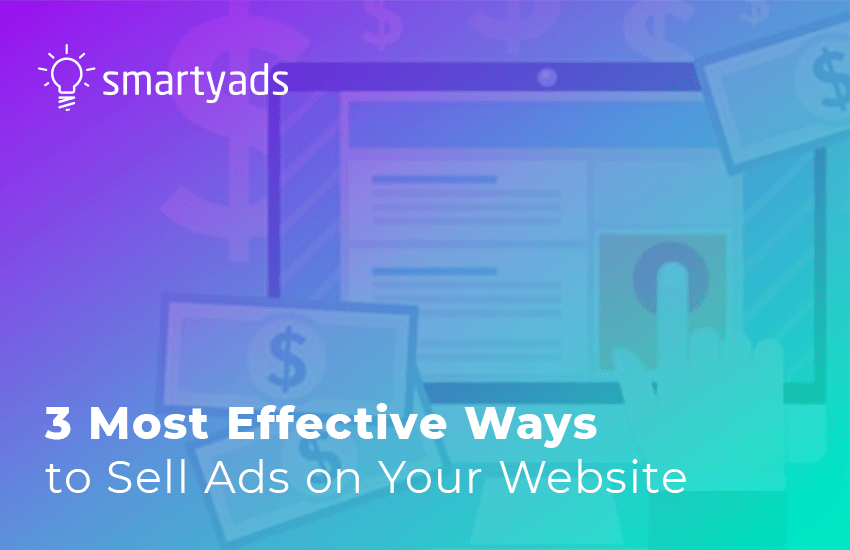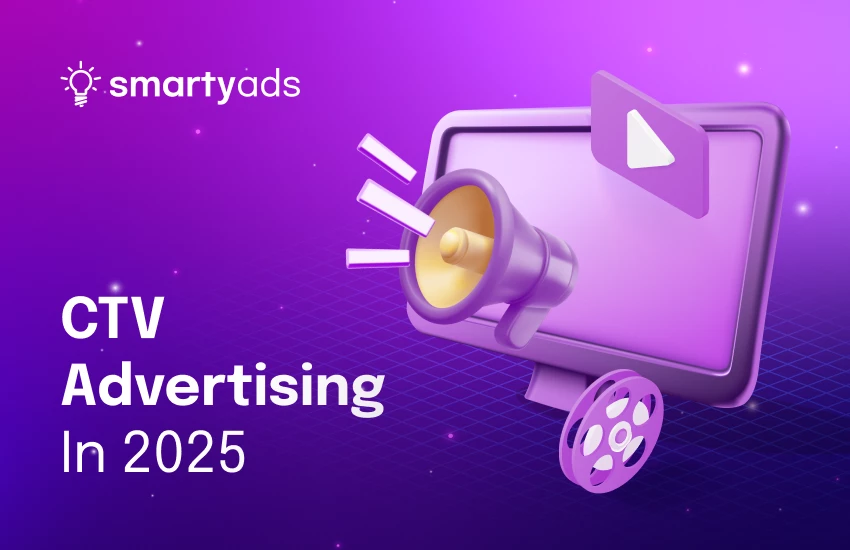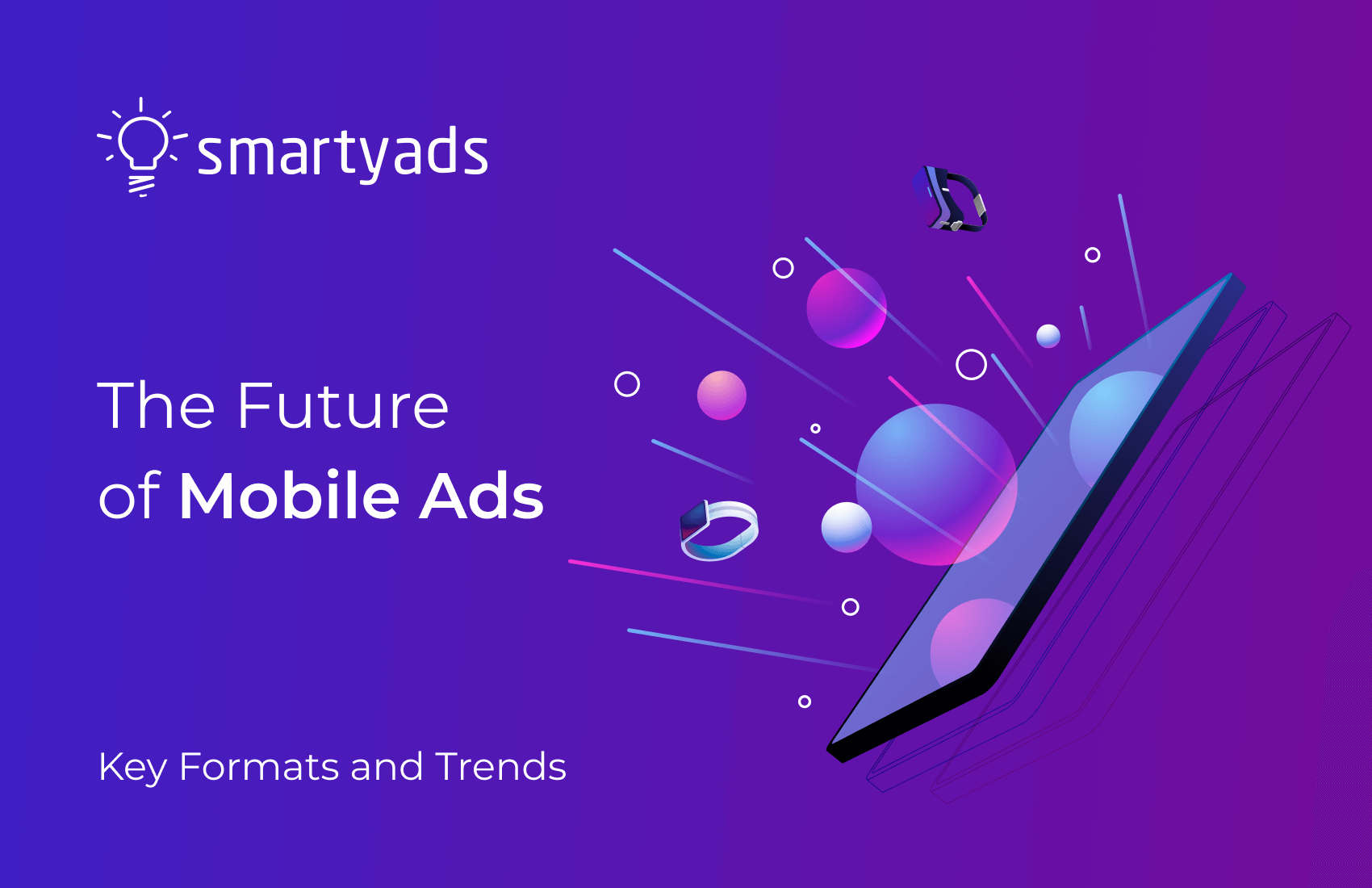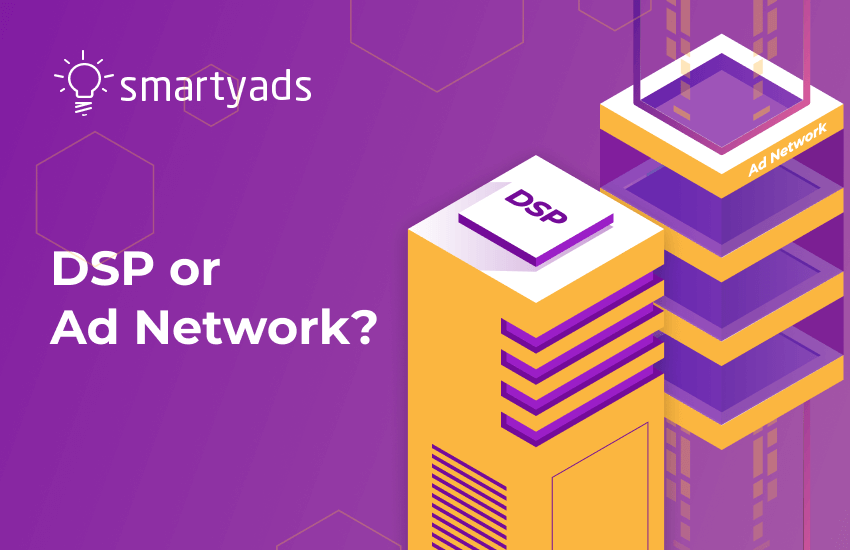As the US gradually transitions into a new presidency, the global advertising industry finds itself adapting to changes. A fresh political direction often brings renewed economic policies and revised trade agreements that keep business owners and marketers on edge.
The uncertainty, rising tariff concerns, inflation, and ongoing global tensions are making advertisers more cautious about how and, most importantly, where they invest their budgets.
Economic instability pushes marketers toward performance
In such times of economic uncertainty, businesses are under constant pressure to demonstrate a clear ROI. Current market unpredictability means that advertisers can no longer afford to place large portions of their budgets into channels that don’t deliver quick, measurable results. This shift in focus is pushing marketers to reconsider their advertising strategies.
While awareness campaigns take a backseat, performance-driven strategies are now gaining momentum. Marketers are increasingly allocating their budgets toward channels that provide direct, tangible results. They want every dollar spent to be closely tracked and optimized.
As a result, programmatic advertising has seen a surge in interest. Why? The answer is simple. It enables real-time optimization, precise audience targeting, and cost-effective bidding strategies. All these elements are critical in our performance-first world. Marketers are desperately looking for solutions that provide both control and efficiency, and programmatic advertising through demand-side platforms can deliver exactly that.

Why brands seek DSPs beyond big tech platforms
While DSPs have been a proven instrument for advertisers all over the world, many brands are stepping away from renowned giants like Meta and Amazon. While these ecosystems offer convenience and reach, they offer pretty limited transparency, reduced control over data, and rigid targeting capabilities.
In contrast, smaller DSPs give advertisers freedom to choose inventory, customize bidding strategies, and access deeper analytics. This shift toward independent platforms reflects a broader need for flexibility in such unpredictability. With a DSP like SmartyAds, advertisers can take back control of their media buying, scale campaigns efficiently, and make smarter decisions with real-time insights.
DSPs: the answer in a performance-first world
Most marketers have tightened budgets and face the unprecedented pressure to deliver great results. In this new realm, brands are no longer simply chasing impressions; they’re chasing outcomes. That’s why demand-side platforms (DSPs) have become indispensable in a performance-first world. These platforms offer the speed, precision, and data-driven optimization that today’s advertisers need.
Quick recap: what a DSP is and how it works
A DSP or demand-side-platform is a programmatic advertising platform that allows marketers to buy digital ad inventory across multiple channels (display, mobile, CTV, in-app, video, etc.) from a single interface. Instead of negotiating deals manually, advertisers use DSPs to set budgets, define target audiences, and bid on impressions in real time through automated auctions.
This streamlined buying process makes it possible to launch, adjust, and optimize campaigns on the fly while reaching the right people at the right time.
The rise of smart media buying
Modern advertising isn’t just about reach, it’s more about intelligence. Smart media buying means using automation, algorithms, and real-time data to drive better performance. DSPs make this possible by giving advertisers access to advanced optimization tools, targeting capabilities, and cross-channel buying in one place. The result? Campaigns that are more agile, more efficient, and more effective.
Advertisers shift to DSPs for better budget control and optimization
One of the biggest shifts in recent years is how brands manage their ad spend. Advertisers no longer want to set up the campaign t and forget it. They strive for full control. DSPs like SmartyAds give them exactly that: the ability to fine-tune bidding strategies, apply custom rules, and adjust pacing or targeting based on real-time performance.
Take, for example, SmartyAds’ Optimization Rules feature. It lets advertisers automate decision-making based on specific KPIs — cutting waste and improving outcomes. For example, it’s possible to automatically increase bids for high-performing placements or pausing underperforming creatives.
With full flexibility to tailor optimization rules to your unique campaign goals, advertisers can maximize results without constant manual intervention.
Full transparency and actionable analytics
One of the strongest advantages of using a DSP is access to deep, real-time insights. Unlike closed platforms, DSPs give advertisers full transparency into where their ads appear and how they perform. Customizable reporting dashboards can be tailored to specific campaign goals.
With SmartyAds DSP, you can monitor key performance indicators in real time. Whether it’s viewability, CTR, conversion rates, or custom metrics, you have it all under control. This level of detail enables advertisers to respond quickly, optimize continuously, and back every decision with data.
New opportunities in a time of change
As we enter a new political and economic era, advertisers are navigating fresh uncertainty. But with every disruption comes a chance to reset and adapt.
Independent AdTech platforms like SmartyAds DSP are uniquely positioned to meet this moment. Unlike big tech companies, we offer advertisers full control, custom optimization, and transparent reporting while providing access to premium, global inventory. Our team constantly empowers smarter strategies tailored to today’s performance-driven demands.
In a world where agility and precision define success, independent programmatic solutions give brands what they truly need: freedom, flexibility, and future-ready functionality.
Sign up for SmartyAds' innovative DSP and start driving measurable results today!

.webp)



